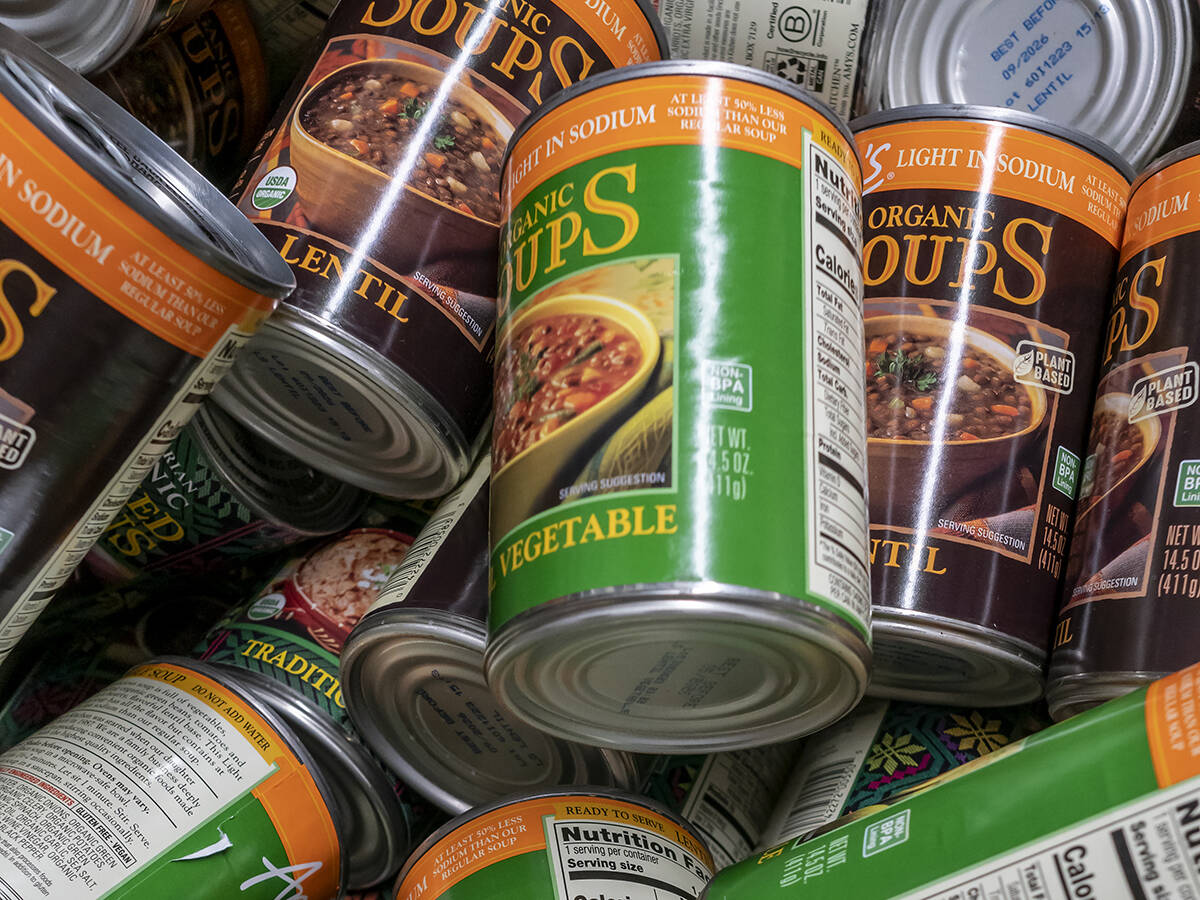This summer we rented a pontoon boat for a day of fishing. It was relaxing and gave us an opportunity to visit and catch up on some of the things the kids have been doing this summer as well as just enjoying the scenery and the time together.
We were all lucky enough to have the fun of hooking some fish but a few would get to the boat and then slip off the hook. The real excitement was when our son Mike caught, battled and safely landed a 19 pound, one metre jackfish, also called northern pike. A few minutes after I caught a 10 lb. jackfish.
Read Also

Sustainable food has ‘lost all meaning’: prof
That marketing strategy is deader than a doornail, says a University of Guelph professor who specializes in consumer preferences and perceptions of agriculture and food.
Campfire fish fry
2-3 pounds jackfish 1-1.5 kg
2 eggs, beaten
1 cup flour 250 mL
1 teaspoon lemon pepper 5 mL
1 teaspoon salt 5 mL
1/4-1/2 cup butter or margarine 50-125 mL
Fillet and wash each fillet in fresh water and then quickly remove to a bowl. Fish fillets should never be left to soak in water as they will absorb water and ruin the flavor. Cut each fillet into two or three pieces.
Beat the eggs in one bowl. Mix the flour and seasoning together in a separate bowl.
Build a campfire and let it die down to red coals. Using a heavy cast iron frying pan, melt two tablespoons (30 mL) of butter or margarine. Dip fish pieces in the egg and the flour mixture, coating both sides. Put fish in the frying pan and place on a grill over the hot coals. Turn when brown. Add more butter or margarine if needed. Cook until fish flakes and eat immediately.
Barbecued whole jackfish
1 whole fresh jackfish
1 cup butter 250 mL
1/4 cup lemon juice 50 mL
2 teaspoons lemon pepper 10 mL
1 teaspoon salt 5 mL
The following is a description for dressing (gutting) and scaling a fish as given by Henrietta Goplen in her book, Saskatchewan Sportsman’s Gourmet Guide.
To dress the fish, slit the belly skin from vent to gills using a thin bladed, sharp filleting knife. Remove viscera. Wash in running water and brush to remove remaining blood and viscera. Remove head by cutting across base of gills. Snap the backbone by bending it over the edge of a cutting board or table. Remove fins by cutting the flesh along both sides of the fins. Pull fin sharply toward head to remove root bones. Dry fish by blotting with paper.
To scale the fish hold the tail firmly with one hand. With the other hand loosen scales with a dull knife or scaler held at a 45 degree angle and push against the skin from the tail toward the head. This is best done under running water so the scales do not scatter.
For best flavor, cook immediately. Fish can be refrigerated for up to 24 hours or place in a plastic bag and freeze.
Thaw fish in the refrigerator. Melt butter, add lemon juice and seasonings. Mix well. Set 1/4 cup (50 mL) of the mixture aside. Place fish in a large plastic bag, add the butter and lemon mixture, seal bag and turn several times to coat the fish. Refrigerate for 30 minutes.
Heat barbecue on high, until hot, then brush grill with oil. Turn one side of the barbecue off. Place the fish on off side with the back of the fish toward on side. (The back has more meat and bones and will take longer to cook.) Turn the barbecue to medium and cover. Do not peek until the fish has cooked for 10-12 minutes per inch (2.5 cm) of thickness, then check to see if the fish flakes easily from the bones on the back with a fork. If not, cover and continue cooking a few more minutes. When done, remove fish from the barbecue to a platter. Brush with remainder of lemon mixture and serve.
















